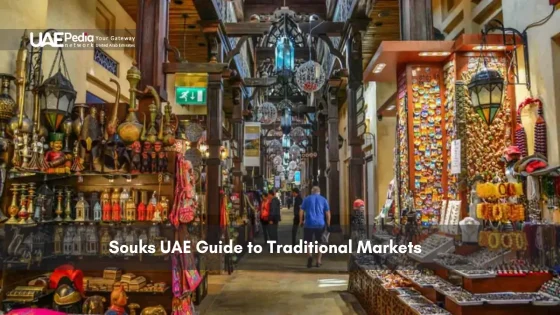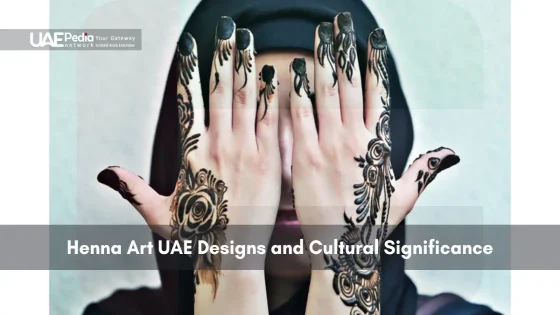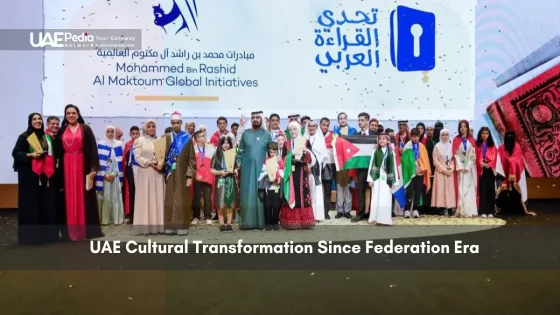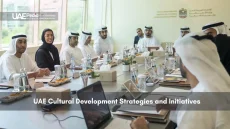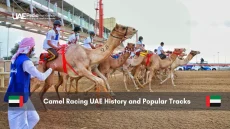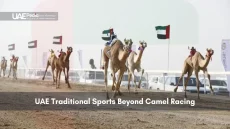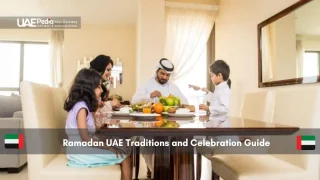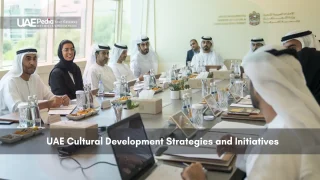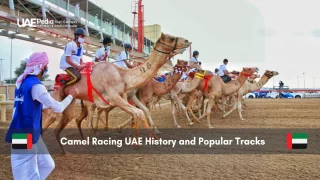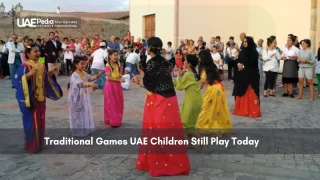What if the most authentic way to experience the Emirates isn’t through its skyscrapers, but through its centuries-old marketplaces? Hidden between glass towers and luxury malls, traditional souks hum with stories of pearl divers, spice traders, and artisans—a living bridge between past and present.
These vibrant hubs aren’t just shopping spots. They’re sensory adventures where saffron’s golden glow competes with frankincense’s smoky swirl, and handwoven textiles whisper tales of Bedouin craftsmanship. Modern Dubai and Abu Dhabi have reimagined these spaces without losing their soul—think air-conditioned alleys in Al Seef or waterfront charm at Dubai’s best souks and traditional markets.
This guide walks you through:
- Markets where haggling for silver is still an art form
- How to spot authentic spices vs. tourist traps
- Quirky finds (ever seen rose-scented camel milk soap?)
- Maps to navigate labyrinthine alleys without missing gems
We’ll show you where history isn’t behind museum glass—it’s bargaining with you over cardamom pods and hand-dyed scarves. Ready?
Discovering the Rich Heritage of Dubai’s Souks
Picture this: narrow alleyways where sunlight filters through wooden lattices, casting golden patterns on sacks of turmeric and hand-stitched kanduras. Long before skyscrapers, these markets thrived as lifelines for traders sailing into Dubai Creek—their spices, silks, and stories weaving the city’s DNA.
A Glimpse into the History of Traditional Markets
Centuries ago, merchants from India, Persia, and East Africa docked at Deira’s shores, bartering pearls and dates. Over time, makeshift stalls evolved into permanent hubs like the Gold Souk, where 25 tons of glittering jewelry now dazzle visitors. The creek’s salty breeze still carries whispers of deals struck over cardamom coffee and camel-hair textiles.
Cultural Significance and Enduring Traditions
Haggling here isn’t just shopping—it’s theater. Vendors playfully debate prices while offering saffron-infused tea, a ritual unchanged since Bedouin times. Markets like the Textile Souk preserve craftsmanship, with Iranian carpets and Omani silver telling regional tales. For a deeper dive, explore our cultural journey through the souks, which maps hidden courtyards and heritage sites.
Want to time-travel? Hunt for these landmarks:
- The 1940s-era wind towers cooling Al Fahidi’s lanes
- Spice stalls stocking Iranian dried limes and Omani frankincense
- Gold Souk’s “Tree of Life” necklace—a 21-karat masterpiece
Navigating Iconic Markets: Gold, Spice, and Perfume Souks
Step into a world where alleyways shimmer with 24-karat possibilities and the air hums with cardamom whispers. Dubai’s trio of iconic markets—Gold, Spice, and Perfume—offer more than shopping; they’re living museums of trade and tradition. Let’s map your route through these sensory playgrounds.
Highlights of the Dubai Gold Souk
Follow the gleam of window displays stacked with chandelier earrings and “money hair” necklaces—a local term for ultra-fine gold chains. Over 300 shops here compete for attention, but savvy shoppers head deeper into hidden corners for vintage Omani designs. Pro tip: Prices are based on weight, but craftsmanship fees vary. Start negotiations at 30% below asking—it’s expected!
The Aromatic Experience of the Spice Souk
“Smell first, buy later,” laughs a vendor tossing rose petals into my palm. Turmeric pyramids glow like miniature suns, while sacks of Iranian dried limes release citrusy puffs with every squeeze. Don’t miss:
- Baharat blends for meat rubs (ask for the cardamom-heavy mix)
- Saffron threads from Kashmir—real ones won’t stain paper when rubbed
- Frankincense chunks to burn at home (perfect with dates and Arabic coffee)
Pair your haul with recipes from our UAE holiday shopping guide.
Exploring the Intricacies of the Perfume Souk
This isn’t your mall perfume counter. Artisans here blend oud, jasmine, and amber into custom scents using ancient recipes. One shopkeeper demonstrates: “Modern twists? We add vanilla to musk now—tourists love it.” Test fragrances on coffee beans between stalls to reset your nose. For lasting souvenirs, request oil-based attars over alcohol sprays.
Each market pulses with its own rhythm—gold’s glittering hustle, spices’ earthy warmth, perfume’s intimate alchemy. Arrive early, wear comfy shoes, and let curiosity guide you beyond the main lanes. Trust us: That rose-scented camel milk soap? Worth the hunt.
Authentic Souks UAE: A Gateway to Local Experiences
Imagine running your fingers across silk so fine it feels like desert wind—each thread dyed with pomegranate skins or indigo. This is where shopping becomes storytelling. Beyond the Gold Souk’s sparkle, quieter corners reveal artisans preserving techniques older than the city itself. Let’s peel back the layers.
Traditional Craftsmanship and Textile Treasures
Bur Dubai’s Textile Souk feels like stepping into a kaleidoscope. Vendors unfold sadu weavings—geometric patterns once stitched by Bedouin women—and explain how natural dyes age like wine. “Touch this,” urges a shopkeeper, holding up a camel-wool shawl. “Same method my grandfather used. No machines, just patience.”
| Textile Type | Origin | Unique Feature |
|---|---|---|
| Sadu Weaving | Bedouin Tribes | Geometric patterns using camel hair |
| Khandura Fabric | Local Tailors | Breathable cotton for desert heat |
| Embroidered Abayas | Omani Artisans | Hand-stitched silver thread detailing |
Uncovering Hidden Gems and Unique Finds
Wander past the main stalls, and magic happens. A hole-in-the-wall shop sells rose-scented camel milk soap next to saffron baskets. Another displays antique coffee pots used in Emirati ceremonies. Pro tip: Ask “What’s new?”—vendors often keep rare items tucked away for curious buyers.
Chatting with creators unlocks secrets. One weaver shares how to spot fake silver (real tarnishes faster), while a spice merchant demonstrates grinding frankincense. These moments turn a trip into a masterclass. Ready to trade mall escalators for stories woven into every rug and spice blend?
Modern Interpretations: From Historic Bazaars to Contemporary Marketplaces
Who says you can’t sip a caramel macchiato while bartering for handwoven baskets? The Emirates’ modern markets reimagine tradition with Wi-Fi, artisanal coffee stalls, and air-conditioned comfort. Places like Souk Madinat Jumeirah blend arched stone walkways with luxury boutiques—where you’ll find camel leather journals displayed beside limited-edition perfumes.
Transitioning from Classic to Modern Retail Environments
At Souk Al Bahar, just steps from Dubai Mall’s dancing fountains, vendors swap handwritten ledgers for digital payment systems. But the soul remains: lantern-lit corridors echo with oud music, and spice stalls still let you grind saffron by hand. One shopkeeper winks: “We keep the haggling—it’s more fun than clicking ‘Add to Cart.’”
Three signs you’re in a next-gen market:
- Instagrammable murals depicting pearl divers beside charging stations
- Food courts serving camel milk gelato and za’atar-spiced pizzas
- QR codes linking to artisans’ stories behind each product
Urban Shopping, Dining, and Cultural Fusion
Time your trip for evenings when live Arabic jazz floats through Souk Madinat’s waterways. After sunset, head to the terrace at Al Bahar for lamb machboos with Burj Khalifa views. Parking tip: Use Dubai Mall’s lots (free for first 3 hours) and take the air-conditioned bridge to Souk Al Bahar.
“Our grandparents sold spices from boats. Now we blend them into mocktails,” laughs a third-generation vendor. Heritage meets hashtags here—and everyone’s invited.
These spaces prove tradition isn’t frozen in time. It’s a living dialogue between henna artists and sneaker customizers, frankincense and cold brew. Ready to swap desert sandals for urban exploration?
Final Reflections on Experiencing UAE’s Timeless Markets
In the dance of haggling and laughter, you’ll find the soul of a place where past and present shake hands. Whether bargaining for gold jewelry that mirrors the city’s skyline or inhaling the earthy warmth of freshly ground spices, these souks invite you to touch history—literally. Every textile fold and silver engraving whispers tales of Bedouin caravans and pearl divers turned entrepreneurs.
What makes a trip here unforgettable? It’s the way saffron-infused tea appears mid-negotiation, or how artisans pause their loom work to explain dye techniques. Modernity hasn’t erased tradition—it’s added charging stations beside stalls selling camel milk soap. Visitors leave not just with shopping bags, but with souk stories bridging centuries.
Ready to trade fluorescent mall lights for lantern-lit alleyways? Pack curiosity, comfy shoes, and an appetite for food that’s as layered as the culture itself. Whether you’re hunting heirlooms or simply soaking in the world’s most vibrant bazaars, these markets become a home for wanderers—one cup of cardamom coffee at a time.
Absolutely—it’s part of the cultural dance! Start by offering 40-50% of the initial price, especially at textile stalls or gold shops. Sellers often respect polite negotiation. Pro tip: smile and walk away if the deal feels off. Better prices often follow!
Mornings (before 11 AM) beat the heat and crowds. You’ll catch vendors unpacking cinnamon sticks, dried limes, and saffron bundles. Ask to sniff cardamom pods—their aroma tells freshness. Evening visits work too, but prepare for lively energy!
A>Modesty shows respect. Lightweight, knee-length clothing works. Some gold souk shops prefer covered shoulders. Carry a scarf—it doubles as sun protection and a quick cover-up. Comfortable shoes are non-negotiable for cobblestone alleys!
Dubai’s Perfume Souk dazzles with rainbow-colored oil bottles stacked like jewels. For texture, head to textile lanes in Bur Dubai—think silk cascades and embroidered abayas. Golden hour at the creek-side spice stalls? Pure magic.
Yes! Seek smaller shops near Heritage Villages. Handwoven sadu textiles, palm-frond baskets, and silver khanjar daggers hide there. Ask vendors about origins—many love sharing stories behind their crafts.
Think air-conditioned alleys meets tradition. Places like Souk Al Bahar blend Arabic architecture with boutique brands. You’ll still find spices and gold, but maybe paired with artisanal coffee or date syrup ice cream. Best of both worlds!
Oud perfume oil—it’s the UAE in a bottle. Local blenders craft unique mixes using rose, amber, and smoky agarwood. Pro tip: Test it on your wrist first. The scent evolves over hours, unlike alcohol-based sprays.
